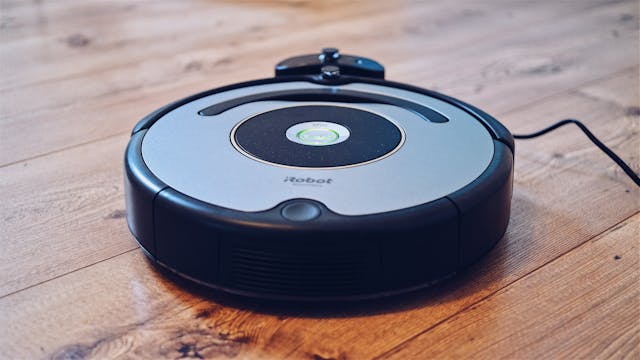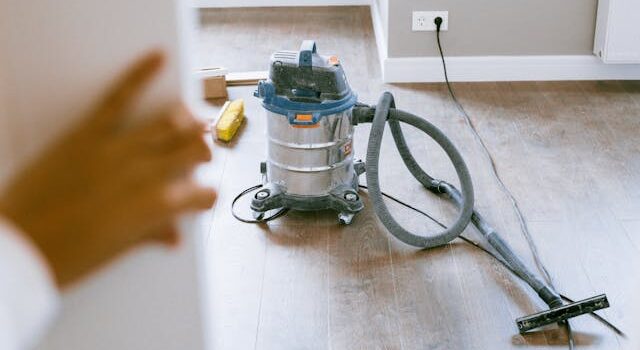 Vacuum cleaners are no longer just about suction—they’re about power, convenience, battery life, noise levels, and even style. Whether you’re dealing with stubborn pet hair or simply need something lightweight to glide across your flat, choosing the right vacuum cleaner requires more than just picking the cheapest one. With such a wide variety available in the UK—from corded uprights to robotic models—understanding how to compare them properly will help you save time, money, and frustration.
Vacuum cleaners are no longer just about suction—they’re about power, convenience, battery life, noise levels, and even style. Whether you’re dealing with stubborn pet hair or simply need something lightweight to glide across your flat, choosing the right vacuum cleaner requires more than just picking the cheapest one. With such a wide variety available in the UK—from corded uprights to robotic models—understanding how to compare them properly will help you save time, money, and frustration.
One of the first considerations is the type of vacuum that suits your needs. Upright vacuum cleaners are a staple in many UK households for their strong suction and wide cleaning paths, making them ideal for large carpeted areas. On the other hand, cylinder vacuums are generally more compact and manoeuvrable, better suited for stairs or hard-to-reach spaces. Then there are cordless stick vacuums, which have become increasingly popular thanks to their ease of use and compact storage. For people seeking the ultimate in convenience, robot vacuums offer scheduled, automatic cleaning, but tend to come at a higher price point.
When price is the primary factor, it’s tempting to go for the cheapest option available. However, this can sometimes mean sacrificing quality or necessary features. Fortunately, there are many tools available online that make price comparison easier than ever. One such platform is daddyprice, which aggregates prices from various UK retailers, helping shoppers find the best value for the exact model they’re after—without the hassle of checking multiple websites individually.
Budget vacuums, typically under £100, can still provide decent cleaning capabilities. Brands like Vax, Hoover, and Tower offer entry-level models with acceptable suction, bagless operation, and basic attachments. These are perfect for light use in small flats or occasional clean-ups. However, the build quality and filtration systems may not be ideal for allergy sufferers or homes with pets. Be sure to check the noise levels and the length of the cord or battery runtime before committing to a bargain buy.
In the mid-range (£100–£250), you’ll find models that strike a better balance between power, features, and durability. These vacuums often include HEPA filters, multi-surface functionality, and improved ergonomics. Cordless models in this range from brands like Shark or Samsung tend to offer decent battery life, quick charging, and multiple modes for different floor types. Many of these units come with anti-hair wrap technology, LED headlights, and foldable designs for easy storage.
High-end vacuum cleaners start around £300 and can go up to £700 or more. At this price point, you’re paying for premium engineering, longevity, and smarter technology. Dyson leads the charge in this category, offering models like the V15 Detect and Gen5 Outsize, which include laser dirt detection, particle counters, and powerful digital motors. Miele and Sebo also offer premium corded options with hospital-grade filtration and incredibly robust builds. While these vacuums may be an investment, they often come with extended warranties and outlast cheaper alternatives by several years.
Features can significantly impact both price and performance. For allergy sufferers, a sealed filtration system is a must. Bagged vacuums tend to excel in this area, as they contain dust more effectively than their bagless counterparts. For pet owners, look for turbo or motorised brush heads designed to lift embedded hair from carpets and upholstery. Adjustable suction levels, swivel steering, wall mounts, and tool attachments (like crevice tools and upholstery brushes) also make a vacuum more versatile and user-friendly.
Don’t overlook the importance of ease of maintenance. Some vacuums require regular filter washing, bin emptying, and brush roll cleaning. Others include self-cleaning systems or washable filters that simplify the process. Consider how much time you’re willing to spend on upkeep when deciding between models. Robotic vacuums, for example, are relatively hands-free but may need frequent dustbin emptying and occasional sensor cleaning to function properly.
Battery life is a crucial factor for cordless vacuums. Basic models may offer 20–30 minutes of runtime, which might not be enough for a full-house clean. Premium models push that to 60 minutes or more, often with interchangeable batteries for extended use. Charging times also vary, with some models taking up to four hours. If you live in a larger home, it’s worth investing in a model with a spare battery or fast-charging capabilities.
Vacuum weight and design also contribute to user experience. Lighter vacuums are easier to carry between floors and manoeuvre under furniture. Stick vacuums usually weigh less than 4kg and are suitable for users with mobility concerns. Meanwhile, traditional upright models may weigh twice as much but often deliver stronger suction. Ergonomic handles, telescopic tubes, and flexible hoses add further comfort and adaptability.
Robot vacuums deserve special mention. Though pricier, they offer unmatched convenience. Models from Roborock, Ecovacs, and iRobot feature smart mapping, scheduled cleaning, and app control. Some even integrate with Alexa or Google Home. The latest models include mopping functions and auto-empty docks, reducing maintenance time significantly. However, they’re not ideal for deep cleaning thick carpets or tackling heavy dirt, so they often complement rather than replace traditional vacuums.
Price aside, check user reviews and test scores from reliable sources. Real-world experiences often highlight issues that don’t appear in product specs. Pay attention to customer service quality, warranty coverage, and parts availability, especially for lesser-known brands. Some brands may offer amazing prices but have poor support, which can turn into a long-term frustration if parts fail.
Ultimately, the cheapest vacuum cleaner isn’t always the one with the lowest upfront cost—it’s the one that delivers long-term value. By carefully weighing features, performance, energy consumption, and durability, you can make a more informed decision. Thankfully, with comparison tools and expert reviews just a click away, you’re better equipped than ever to find a vacuum cleaner that suits your budget and lifestyle perfectly.

